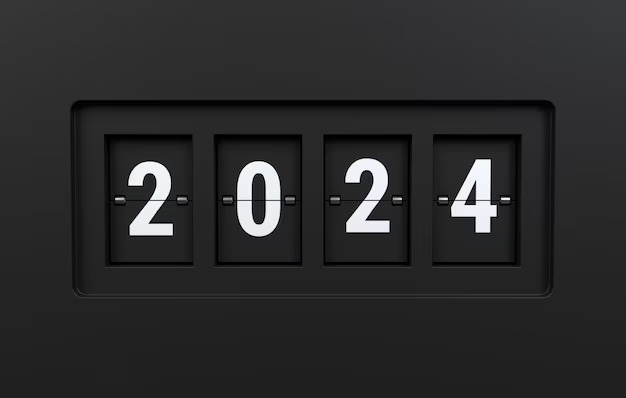Accidents not waiting to happen
A UEL Expert Report: By Peter Brash of Grigor & Young
It might have escaped your notice but major changes affecting personal injury claims for accidents at work became effective from 1 October 2013.
The Westminster Government’s review of health and safety legislation from 2011 has come to fruition in the form of Section 69 of the Enterprise and Regulatory Reform Act 2013.
The Government’s aim is to reduce the amount of red tape and perceived costs for business in meeting their duties under current health and safety legislation. They also considered that the present law led to unfairness in situations where employers (or, more exactly, their employers’ liability insurers) had to pay out compensation even though they had taken all reasonable steps to protect their employees from being injured at work.
This amendment will apply only to breaches – and accidents – occurring on or after 1 October 2013. From now on, persons injured at work through no fault of their own will have to prove that their employers were negligent if their claim is to be successful. They will no longer be entitled to compensation purely on the basis that criminal breaches of health and safety duties have occurred.
How the Present System Operates
Personal injury claims for accidents at work take health and safety regulations as their starting point. Civil liability will attach to an employer for breach of a statutory duty unless the relevant regulations expressly provide that they do not give rise to civil liability. The most commonly-used regulations in this context – which have come to be known as the ‘Six-Pack Regulations’ – have their roots in various European Directives dating from the 1990s and civil liability can be founded upon them.
One consequence is that claims can succeed against employers in some cases where there was nothing more the employer could reasonably have done to protect the employee. The current ‘strict liability’ system means an employer can, for example, be held responsible for injuries resulting from an unforeseeable failure of work equipment – even though the equipment was regularly inspected and properly maintained.
In some situations, where the present law gives the employer a ‘get out’ by establishing that they took steps to protect their employee in the circumstances “so far as reasonably practicable”, it is up to the employer to provide the evidence of the steps they took and show that nothing more could reasonably have been done. This is known as a reversal of the burden of proof, applying where the employee establishes that they were injured due to an apparent breach of a health and safety regulation by their employer.
The Effect of the Changes
On average, claims become more difficult to make successfully under the new system. Persons injured at work will have to rely on the common law of negligence, the modern principles of which date back to the ‘snail in the ginger beer bottle’ case of Donoghue –v- Stevenson in the 1930s.
In the context of the workplace, the test for negligence is whether the employer has – in the light of the knowledge they had or ought to have had at the time of any accident – taken such steps as are reasonably practicable to ensure the safety of their employees while at work.
The reversal of the burden of proof, referred to above, no longer applies and so it will be up to the injured person to show that all reasonably-practicable preventative measures were not taken by the employer in the circumstances.
The Government seem to be under the impression that the removal of strict liability will rebalance employers’ liability law and reduce the number of claims. However, the likelihood is that reference to health and safety regulations by claimants will not disappear. They will no longer play the decisive role they previously did in establishing liability on the part of an employer; however, claims by injured workers will probably now refer to the regulations as setting the standard which a reasonable employer ought to meet if complying with their common law duties.
From an employer’s point of view, the need for risk assessment and the need to have regard to the obligations contained in the Six-Pack Regulations is going to continue. Some claims which previously succeeded under strict liability will be unwinnable under the new regime. In most cases, though, there will still be prospects of pursuing a personal injury claim arising out of an accident at work. It will more involved in many cases, requiring a greater level of investigation and increased use of expert evidence.








